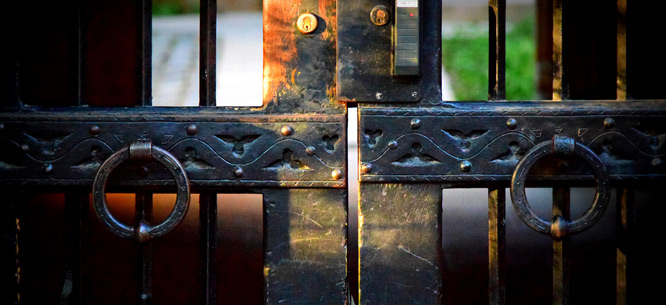Free Speech on Campus: A Forum
Free Speech on Campus: A Forum
Four short essays about recent protests at universities—Yale, Missouri, Princeton, and beyond—and the debates they’ve provoked.
With contributions by David A. Bell, Marcia Chatelain, Jim Sleeper, and Anne-Laure White.

Over the last several years, reinvigorated movements for racial, social, and economic justice have transformed the American political landscape. As they have taken root on college campuses across the country—institutions already being reshaped by larger economic and political forces—these movements have also rekindled long-standing debates between leftists and liberals, not to mention conservative scolds, about the meaning, value, and application of our constitutional right to free speech.
Who has the right to free speech, and why? How can we respect this right while ensuring freedom from discrimination and abuse?
This forum is inspired by recent protests at universities—
“Safe spaces” and “trigger warnings” are two key terms to have emerged from this wave of discontent. Although there are debates among activists about the meaning and use of these phrases (as Hannah Black noted in Harper’s, many prefer the terms “safer spaces” and “content warning” as more accurate descriptors that recognize the limits and intentions of these tactics), many commentators have seized on them as evidence of a new, “politically correct” conformism taking hold. Student protesters criticizing their universities have been accused by liberal, left, and conservative professors alike of being both “fearful” and “terrifying.” Where colleges have traditionally played the role of “civil societies on training wheels,” as our forum participant Jim Sleeper puts it, liberal commentators such as Jonathan Chait see indignant students laying the foundations for the gulags.
Underlying these tensions are difficult questions that merit further discussion. Do “safe spaces,” convened as a respite from oppression, encourage withdrawal from public space and dialogue, or enrich them? How can academic institutions address student concerns about racism and sexism on campus while fulfilling their mandate to foster the free exchange of knowledge and ideas? Should student demands influence universities’ curricula and hiring policies? Does removing a name from a building or taking down a statue simply expunge a racist history, or meaningfully recognize historical injustice?
American colleges have been long regarded as crucibles of citizen leadership, not just stepping stones to careers. But community building efforts on campus have often excluded those who fall outside of the predominantly white, heterosexual male norm. As colleges grapple with legacies of institutional racism and sexism, can they turn to building more inclusive, diverse communities that can defend both individual freedom as well as liberal education itself?
Our four contributors reflect on these questions:
David A. Bell, A Moral Abdication
Marcia Chatelain, The Free Speech Straw Man
Jim Sleeper, Conservatives Have Only Themselves To Blame for Today’s Campus Wars
Anne-Laure White, The Case for Safe Spaces
David A. Bell is the Sidney and Ruth Lapidus Professor of History at Princeton. He is the author of four previous books, including the prize-winning The First Total War, and writes regularly for a number of journals and magazines.
Marcia Chatelain is associate professor of history and African American studies at
Jim Sleeper is a lecturer in political science at Yale.
Anne-Laure White is an undergraduate at Columbia University and a former intern at Dissent.





